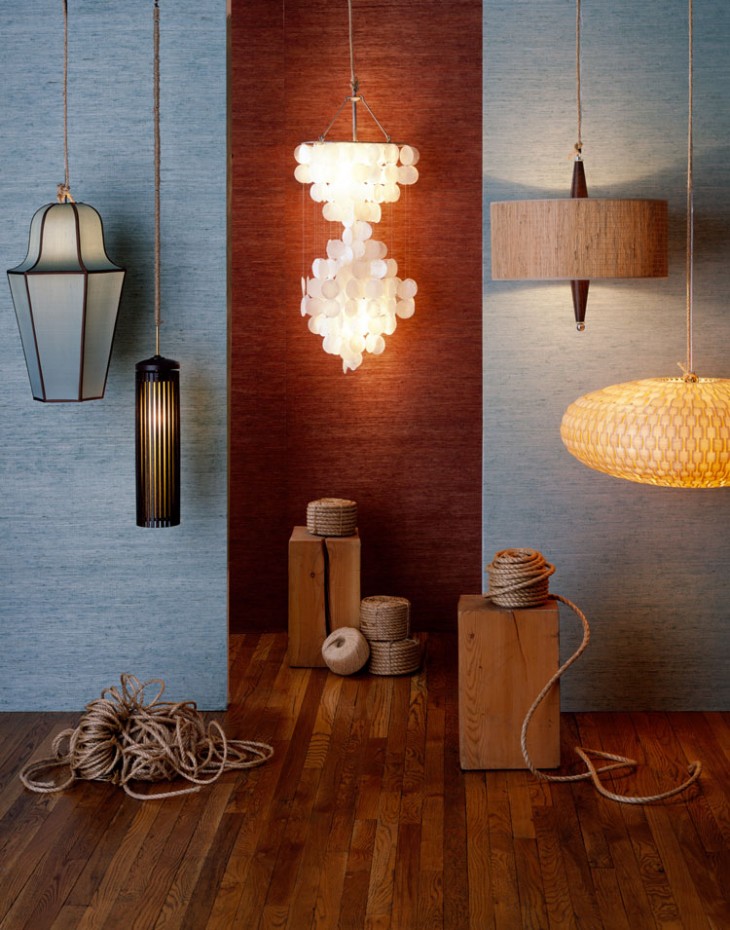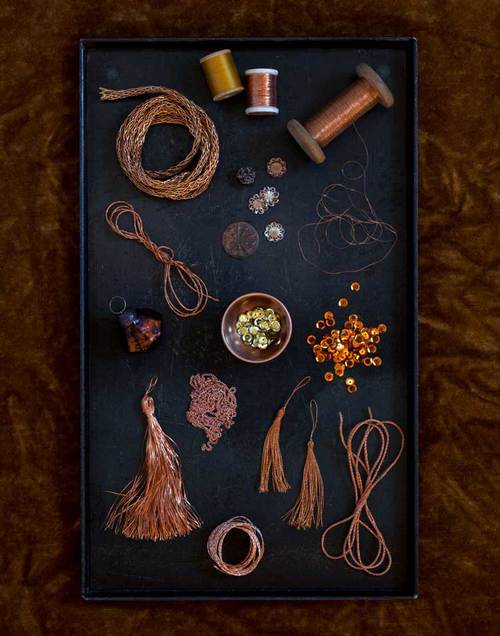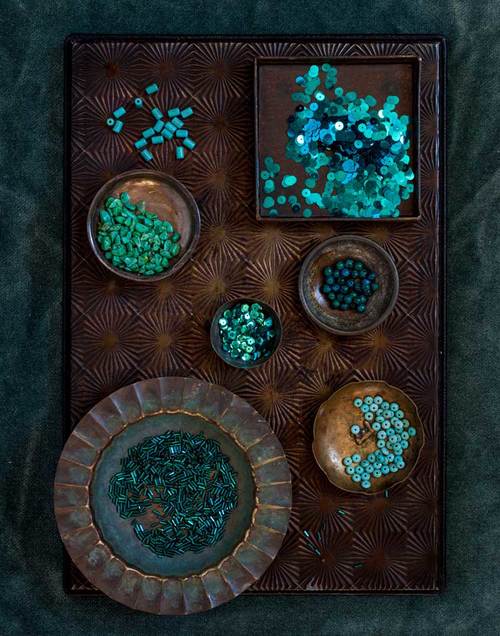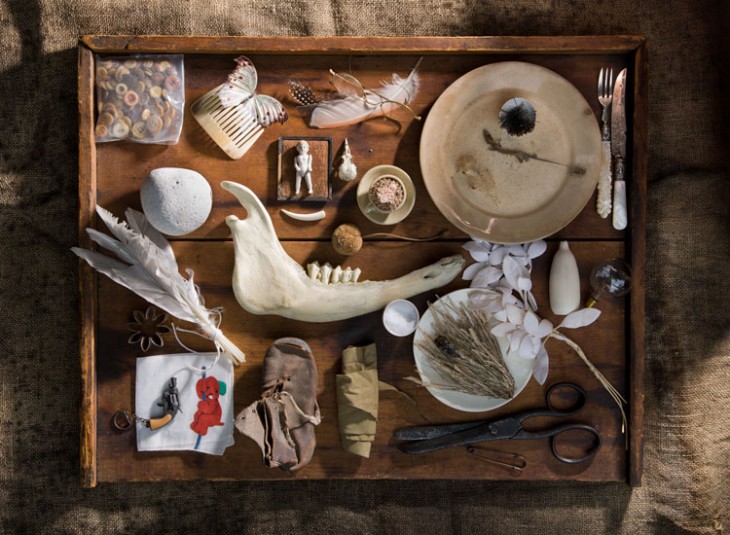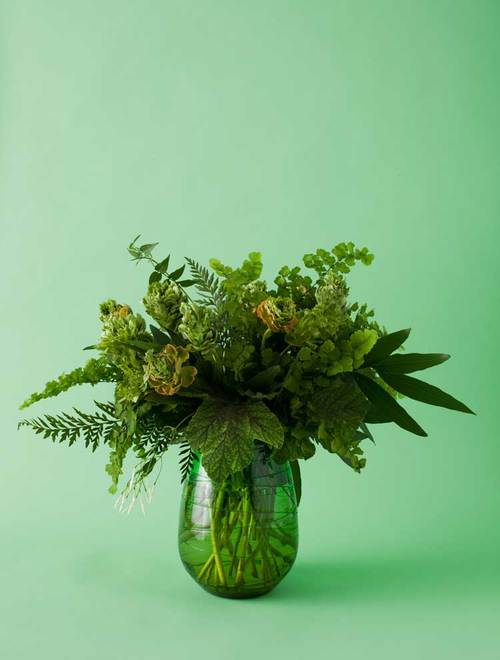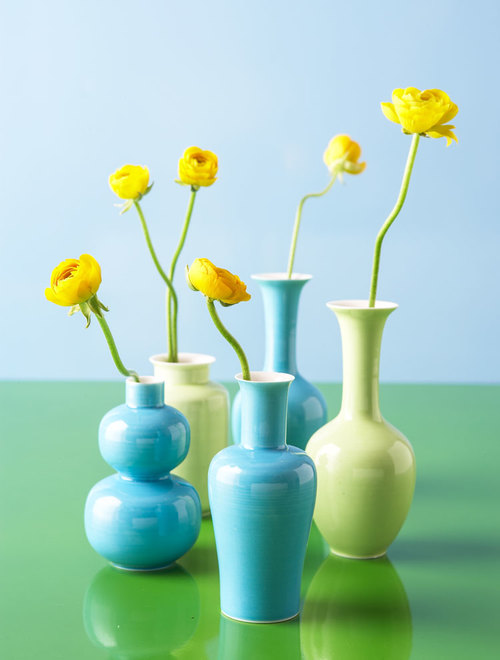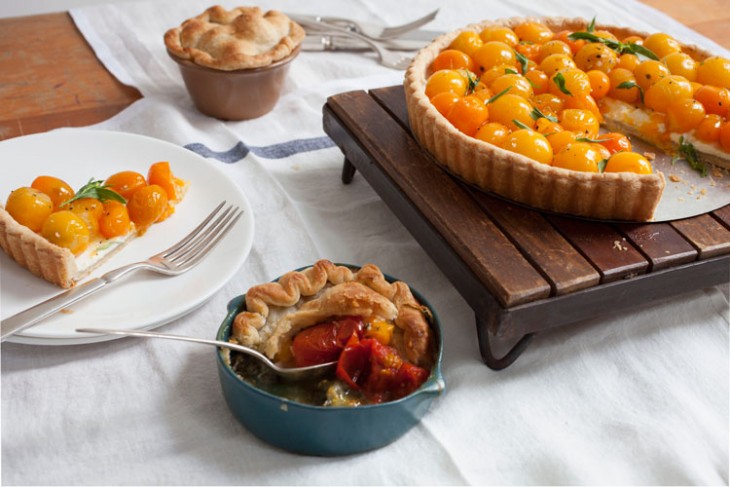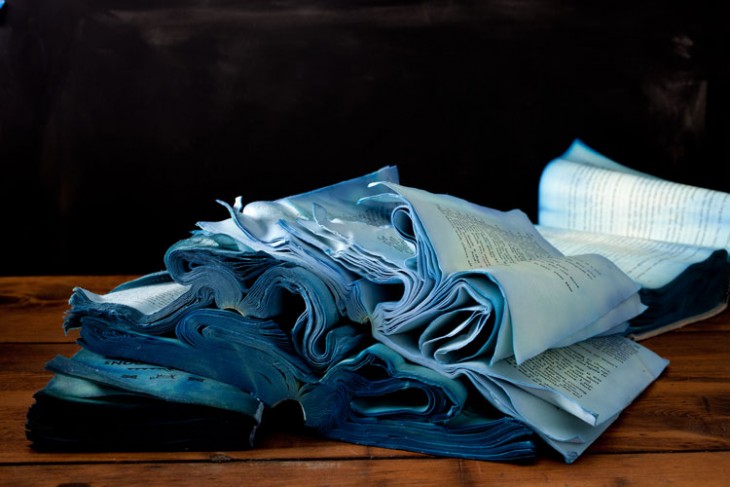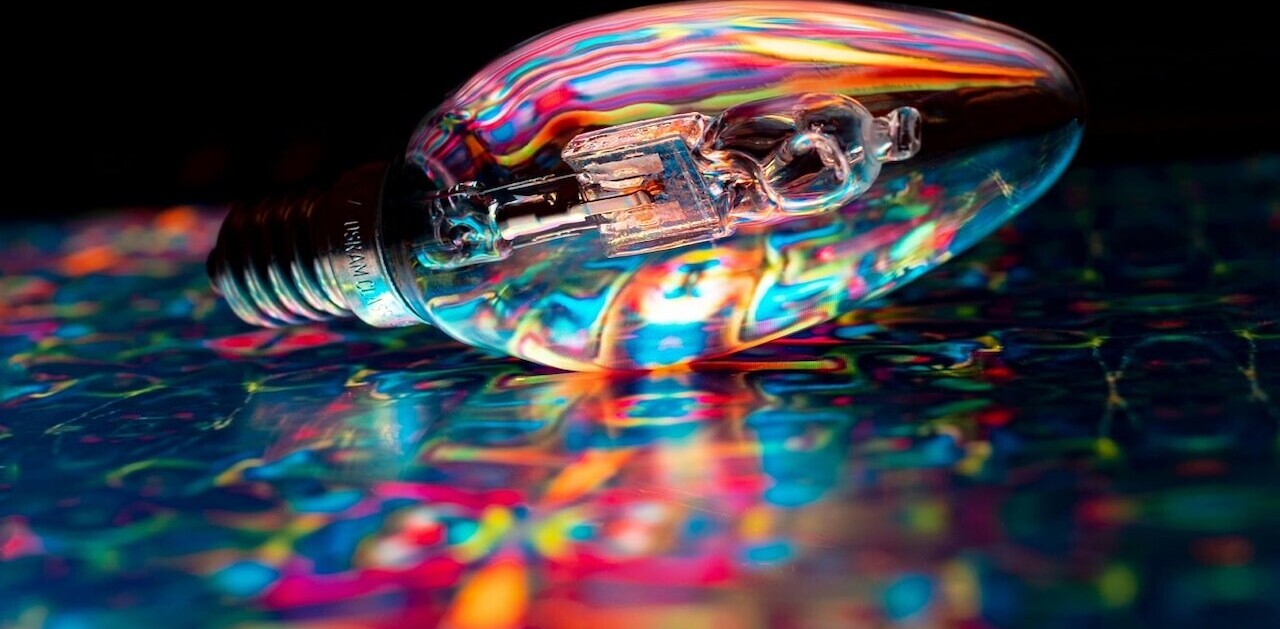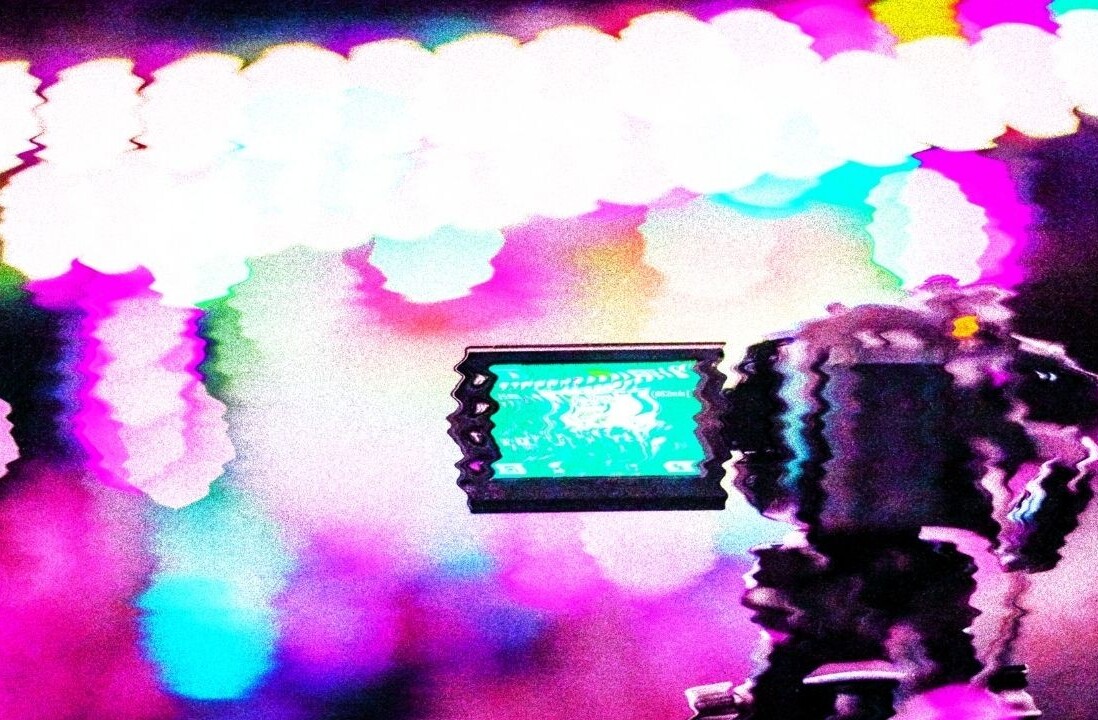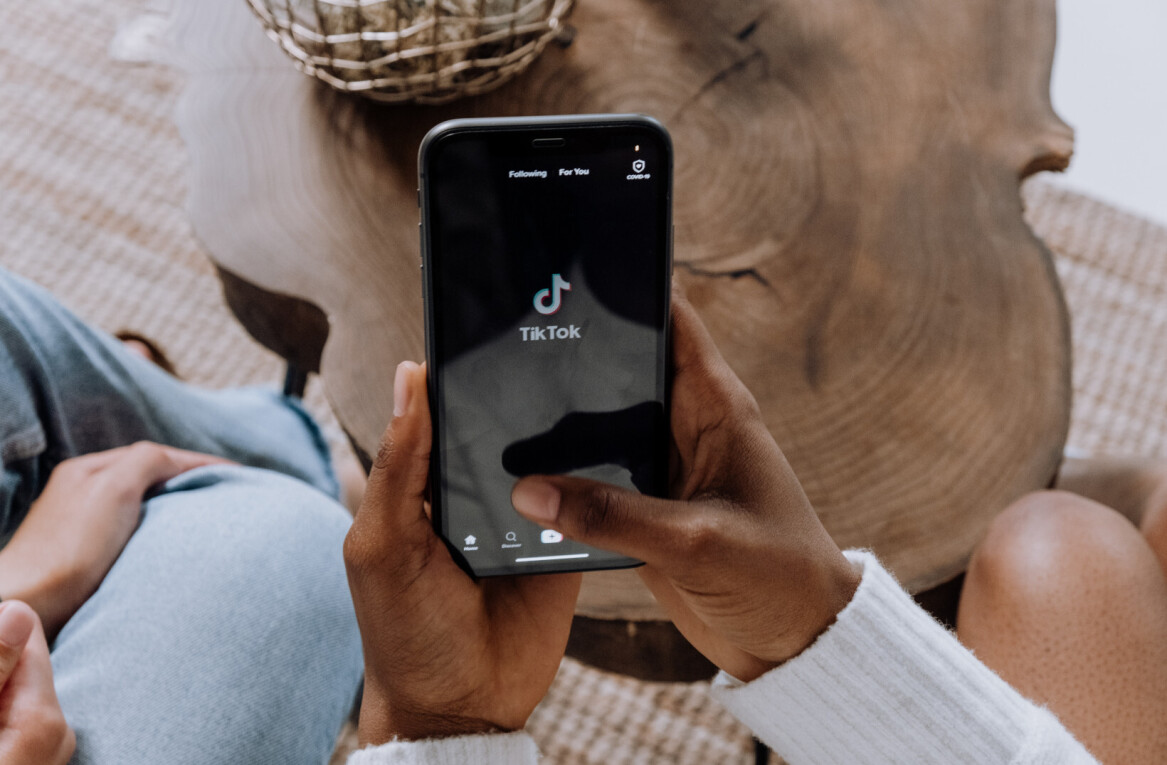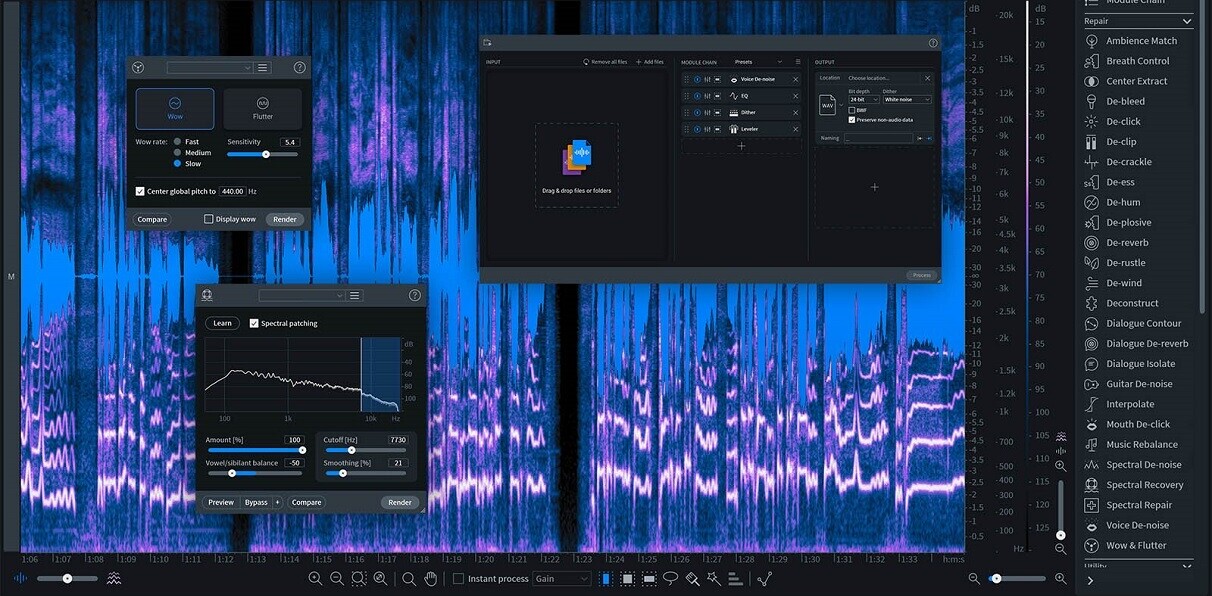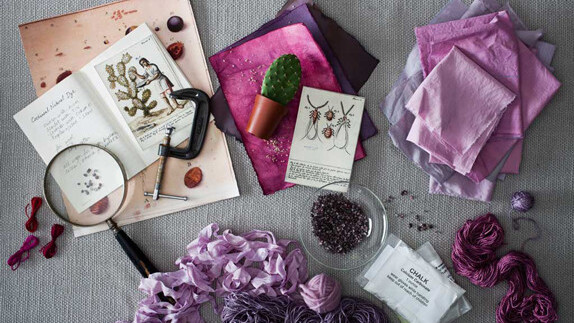
Keren Sachs is the director of content development at Shutterstock and Offset. She has previously worked at National Geographic, Martha Stewart Living and Williams Sonoma. This post was originally published on the Shutterstock blog and has been reprinted with permission.
Originally from Turkey, New York City-based Burcu Avsar — also known as Buj — creates arresting still life photography with a narrative twist. Though she began as an advertising art producer in Turkey, Buj fell in love with the creative side of the industry and decided to make the leap to study photography at the International Center of Photography in New York.
From Chase bank to Oprah magazine, she is hired to create surprising stories around disparate objects. Her Offset portfolio presents a wide range of photography — from editorial assignments and interior still lifes to abstract personal work — bound by a unique visual intelligence. We caught up with Buj to hear how she brings her artistry into the studio to breathe life into inanimate objects.
How did you discover still life photography?
I assisted for four or five years. I wanted to work with the really good photographers and learn from them and then make the leap to shoot on my own. I got my first major assignment in 2002. It’s a process to find what you really want to shoot. But still life was the thing I loved most. I think it’s very important for photographers to assist and grow during this period, and then to shoot all the time.
And how did you develop your voice as a photographer?
I think it evolves organically. When you’re starting out, you’re under the influence of your mentor (whoever you work with), and your style is kind of like that person’s. But as time goes by, whatever you find as inspiration becomes your style. It’s a very intuitive thing; I don’t work on it.
For example, I’m drawn to collections and putting things in order. It really becomes part of who you are and it reflects your emotions in the picture. Once I’m on set and I see it, I get so excited. I love storytelling.
My clients like that I can compose and style my own shots. I like collaboration; I love working with a set builder or stylist, but I know what I want. They know I can put these very different objects together and build a story around that.
Is it accurate to say your profession is your passion?
Photography is a big part of my life. It is really a passion. I just don’t think of anything else I want to spend time on. It’s not boring to me; it’s part of my life. I go to bed with it and wake up with it.
Your husband is also a photographer. What’s it like being in a household of two artists?
I love that Zach is a photographer. He understands me after a long day. We both know our strengths: he’s a very technical person, and I’m a very visual person and can style well. Sometimes we bounce ideas off of each other and sometimes we just vent.
Which image in your portfolio resonates with you the most?
The image that defines me the most is the collection image (below). It’s a lot of different objects organized in order. I’m always drawn to different weird objects and bringing them together to tell a story. It’s probably my favorite image in my Offset collection.
Where do you find your inspiration?
I find it everywhere (I know it’s cliché). Living in New York, going outside, walking around. Pretty much everything I see inspires me; life itself. I don’t know if it’s a Turkish influence or not, but I love color. I have always been drawn to color.
How do you stay relevant in such a competitive industry?
I’m a diligent photographer; I constantly shoot. When I’m not shooting on assignment, I still like to work on personal projects, like my “color story” on indigo. We wanted to see how materials would react and relate to the meaning of color when we dyed them Indigo. I think this is what attracts clients to work with me. They want to see something personal — how you think, how you compose, how you use lighting.
I also have an arts residency space in the East Village where I can go create and think when I’m not working, which is a luxury for me. Sometimes when you’re doing a lot of commercial work, you forget, and you become super safe and put ideas on hold for a while.
But this is a place I can go anytime I want to explore an idea. I love this freedom now, and I’m very fortunate to have it. It’s different than a commercial studio; it’s strictly art-based.
Top image: Overhead view of craft items by Burcu Avsar
Get the TNW newsletter
Get the most important tech news in your inbox each week.

